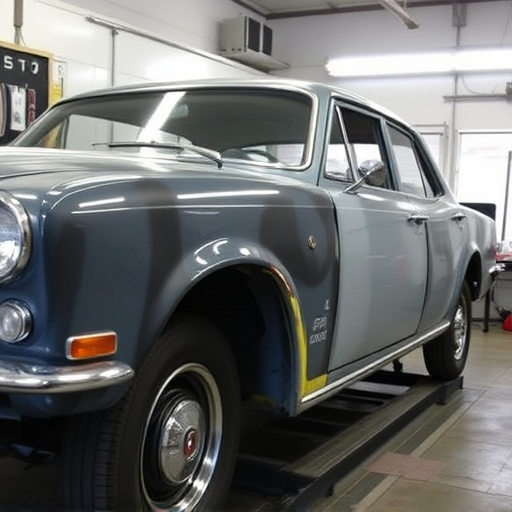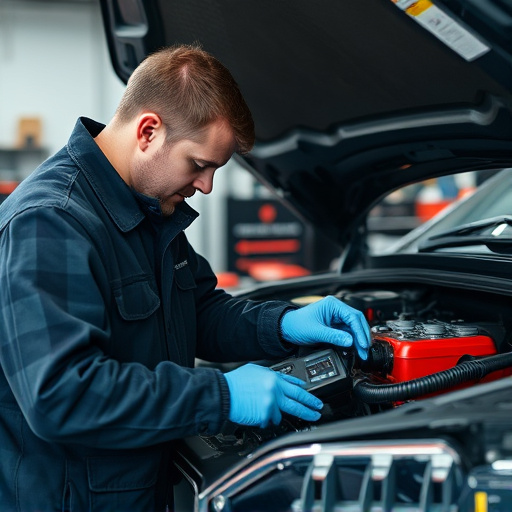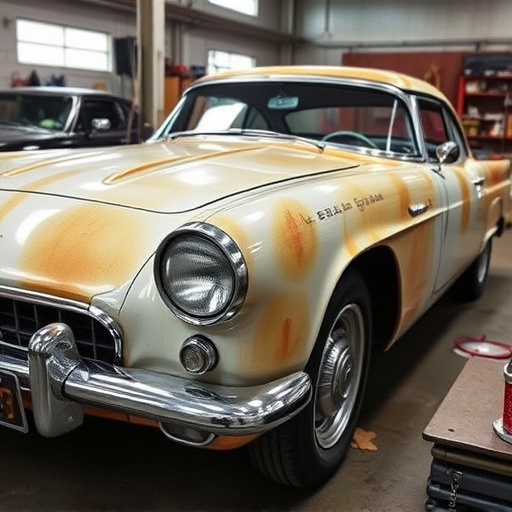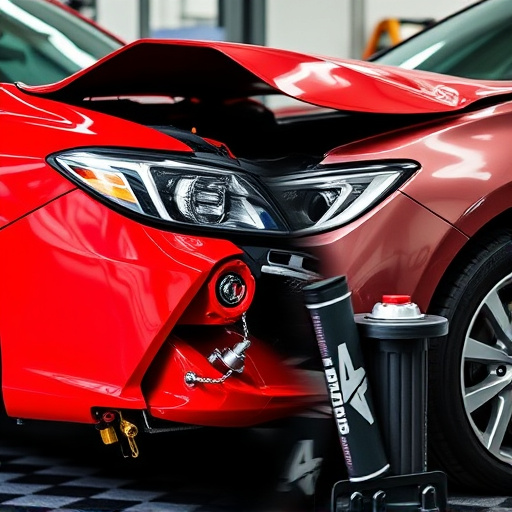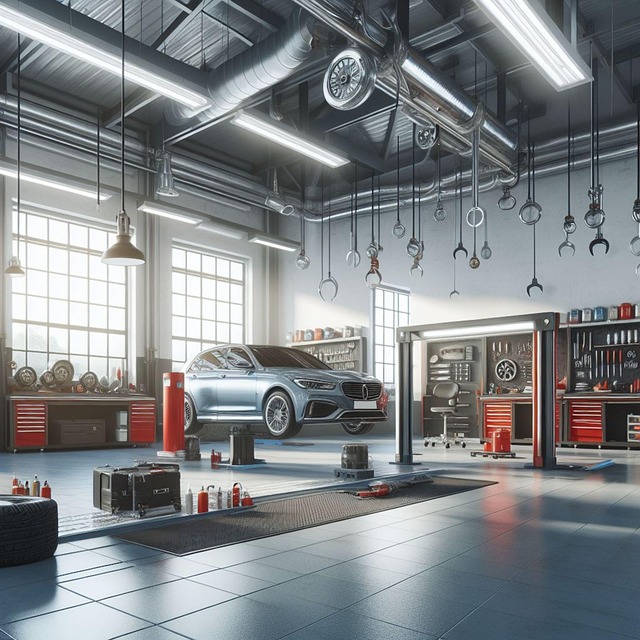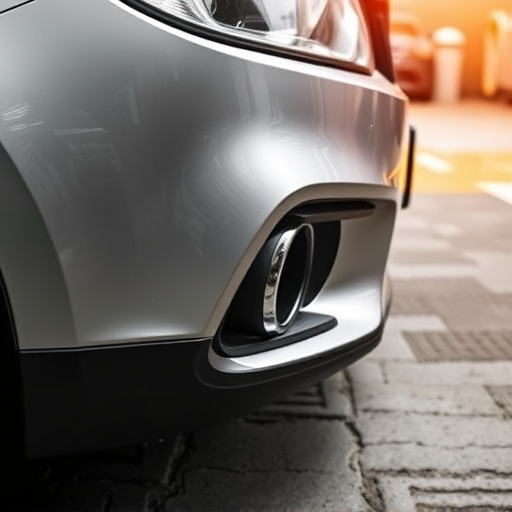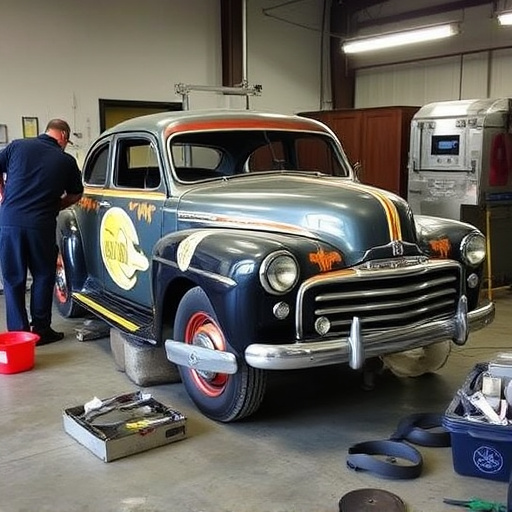In industrial welding, adhering to OSHA and ISO safety standards is crucial for worker protection and facility operations. Advanced welding equipment plays a vital role by integrating safety features like automatic shut-off mechanisms, adjustable settings, protective enclosures, and emergency stop functions. When combined with PPE, ventilation systems, fire suppression technologies, and regular maintenance, this equipment significantly enhances safety protocols, ensuring compliance, efficiency, and high-quality results in automotive body shops and painting facilities.
In today’s industrial landscape, adhering to safety standards is paramount, especially within welding operations. This article explores how advanced welding equipment rises to meet these stringent requirements, ensuring a secure working environment. From understanding critical industry standards to examining the pivotal role of innovative features in these machines, we uncover the benefits of adoption. Advanced welding equipment doesn’t just comply; it revolutionizes safety, fostering a more efficient and risk-mitigated workplace. Discover how these tools are transforming the industry.
- Understanding Industry Safety Standards for Welding
- Key Features of Advanced Welding Equipment that Ensure Compliance
- Benefits of Adopting Advanced Welding Equipment in Light of Safety Standards
Understanding Industry Safety Standards for Welding
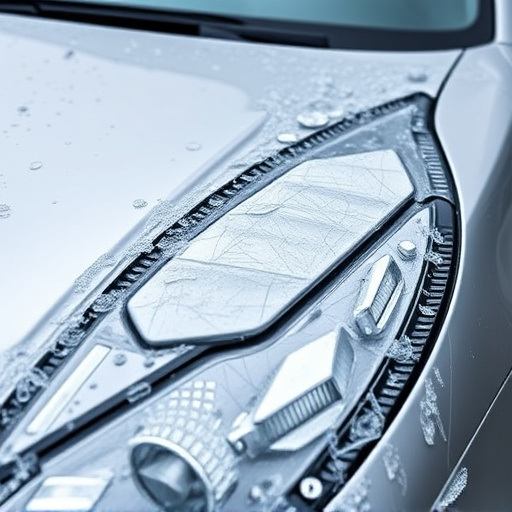
In the realm of industrial welding, adhering to safety standards is paramount for protecting workers and ensuring the smooth operation of any car body shop or automotive facility. These standards are designed to mitigate risks associated with the high-intensity processes involved in welding, which can involve extreme heat, sparks, and hazardous fumes. Advanced welding equipment plays a pivotal role in meeting these stringent requirements by incorporating safety features that reduce potential dangers.
Understanding industry safety standards for welding requires familiarity with guidelines set forth by organizations like OSHA (Occupational Safety and Health Administration) or ISO (International Organization for Standardization). These standards cover various aspects, including proper personal protective equipment (PPE), ventilation systems to control fumes, and the use of fire suppression technologies. When combined with regular auto maintenance and careful planning during projects, advanced welding equipment can significantly enhance safety protocols, making it an indispensable tool in modern car body shops and automotive painting facilities.
Key Features of Advanced Welding Equipment that Ensure Compliance
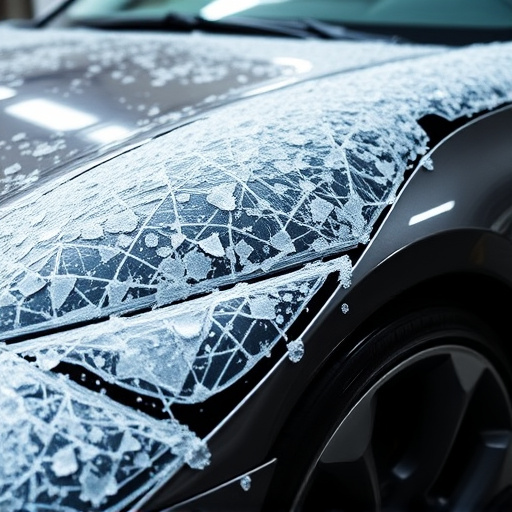
Advanced welding equipment is designed with a multifaceted approach to ensure compliance with industry safety standards, making it an indispensable asset in automotive body shops and collision repair services. Key features such as automatic shut-off mechanisms and adjustable settings allow for precise control over the welding process, minimizing the risk of human error and accidental fires. These advanced systems incorporate sophisticated sensors that detect changes in material thickness and temperature, automatically adjusting the current and voltage to maintain consistent weld quality.
Furthermore, many modern welding machines come equipped with built-in safety protocols, including protective enclosures and emergency stop functions. These features not only safeguard workers from harmful radiation and sparks but also provide a stable and controlled environment for car repair services and collision repair services. By integrating these advanced welding equipment into their operations, automotive body shops can enhance efficiency, improve weld integrity, and prioritize the safety of their staff and customers alike.
Benefits of Adopting Advanced Welding Equipment in Light of Safety Standards
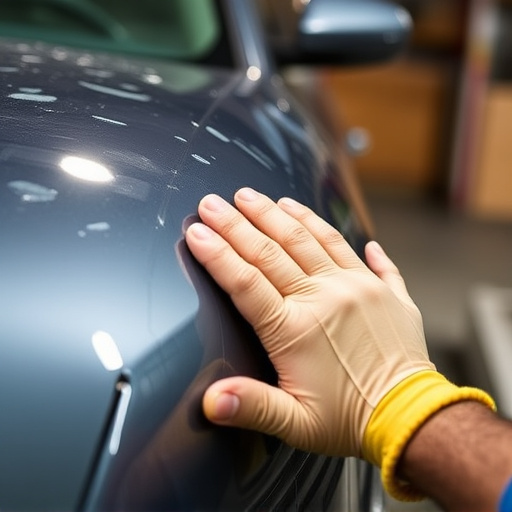
Adopting advanced welding equipment brings a multitude of benefits when it comes to adhering to industry safety standards. These modern machines are designed with sophisticated safety features that protect operators from potential hazards, ensuring their well-being during the welding process. From automated controls and precise adjustments to real-time monitoring systems, these tools significantly reduce the risk of human error, which is a leading cause of accidents in workshops, especially in bustling automotive body shops.
Moreover, advanced equipment enhances efficiency and productivity while maintaining safety standards. Features like computer-aided precision welding allow for consistent, high-quality results, streamlining car paint repair and bodywork processes. This not only saves time but also minimizes rework, reducing costs and waste materials. By embracing these innovations, workshops can create a safer, more efficient environment without compromising on the quality of their services.
Advanced welding equipment, designed with safety at its core, is revolutionizing the industry. By incorporating key features like automated controls, improved protective gear, and precise sensors, these machines not only enhance productivity but also seamlessly comply with stringent industry standards. Adopting this technology is a strategic move for welders to mitigate risks, improve working conditions, and stay ahead in a competitive market where safety and efficiency go hand in hand.


